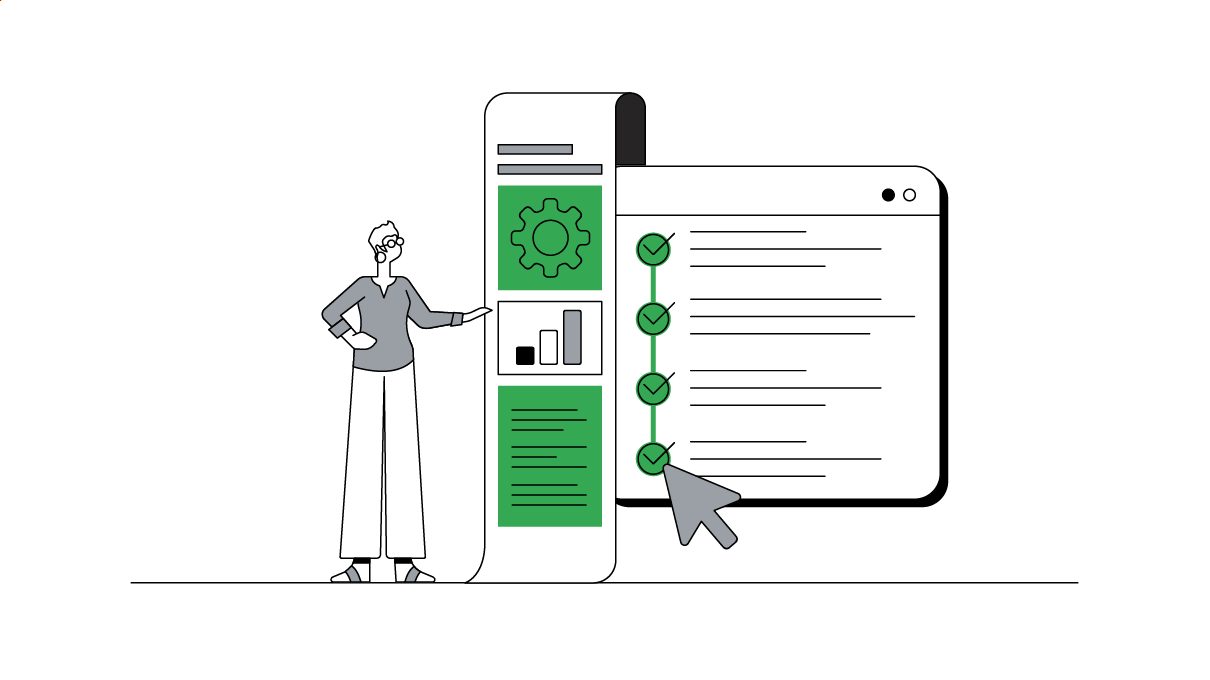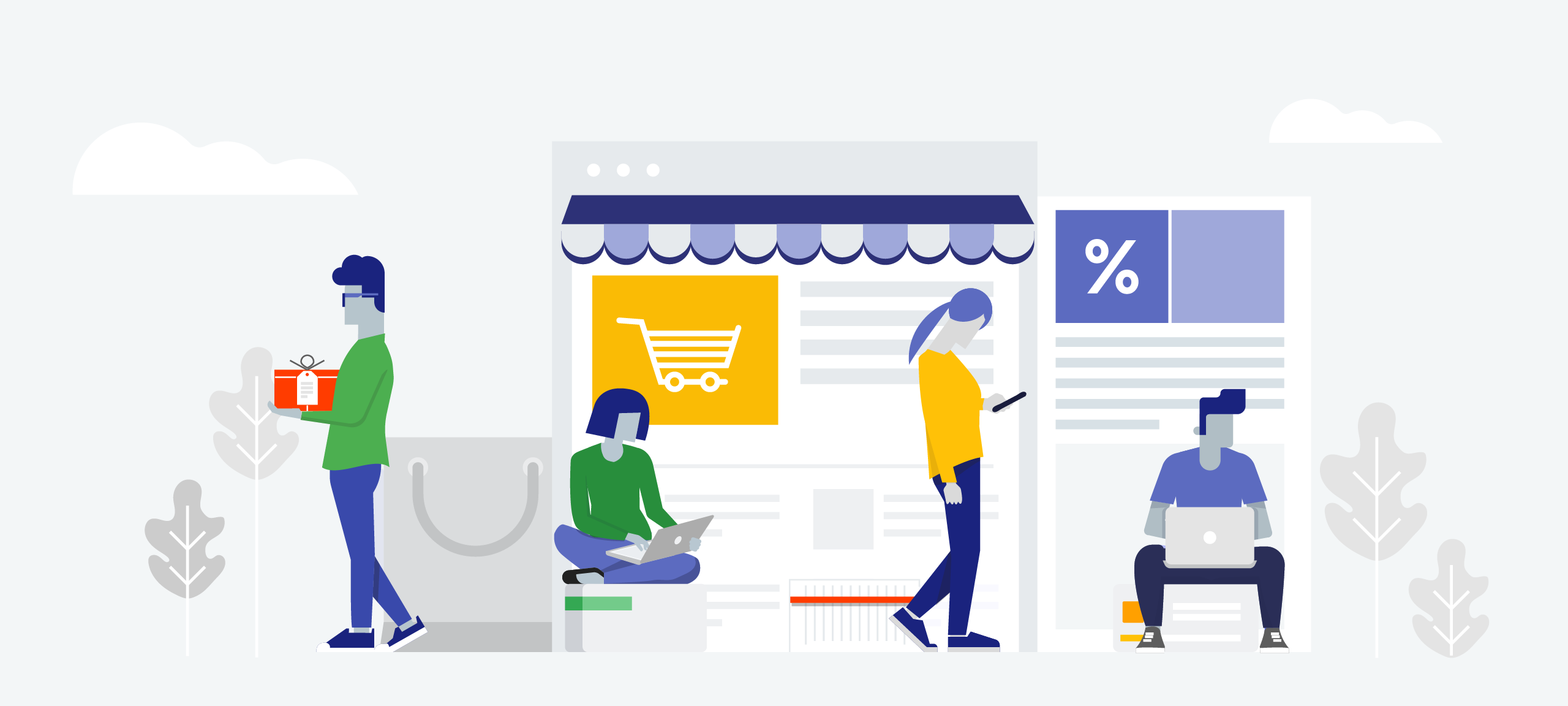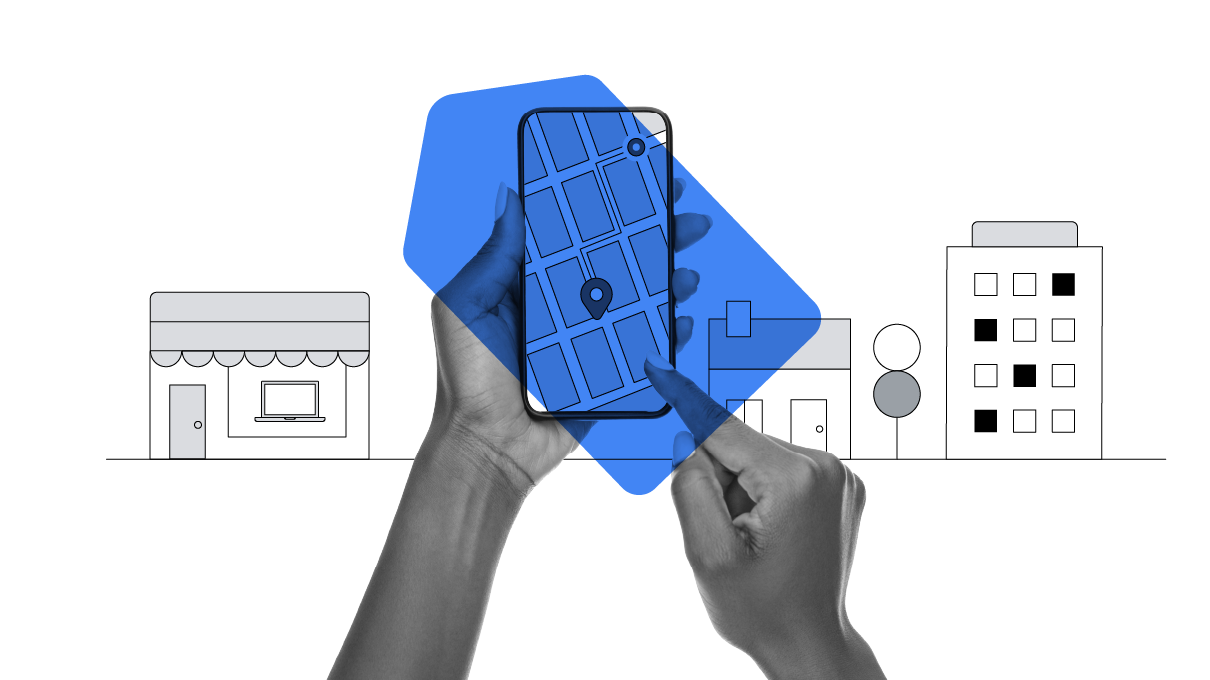Insights from the marketing leaders from the top global brands: the new battleground for consumers is online, and brands are willing to invest more into digital. The retailers adopting digital trade marketing are seeing 2.5x - 3x lifts in key performance metrics. This study provides our findings, including starting steps for smart, successful adoption strategies.
Brands are spending more to reach online shoppers, while retailers control the critical moments of purchase. By working together, brands and retailers can improve the consumer journey through to conversion. We gathered high-level, in-depth insights from 14 marketing leaders from the top global brands, including Groupe SEB, Henkel, Hewlett Packard, Kronenburg, Samsung & Unilever, to better understand the digital trade marketing opportunity, the barriers to overcome, and the best practices that are beginning to emerge. This report provides our findings, including starting steps for smart, successful adoption strategies.
The new battleground for consumers is certainly online:
- 64% of UK online consumers are influenced by what they see online from retail companies, compared to 61% who say they are influenced by what they see offline[1].
- 48% of French smartphone users agree that the last time they used their smartphone while shopping in-store, they found information that impacted their purchase decision[2].
- 44% of German users have thought about purchasing a brand they would not normally consider because of relevant information available on their smartphone in the moment[3].
And brands are looking for more ways to reach them in moments that matter:
The consumer might showroom or do reverse showrooming, so we need to be able to cater to both. They might start the journey on our brand’s .com or in the store. To be sure that they choose our brand through whatever channel, we need to be consistent across search, our .com and both the online and offline stores.
- A large global brand
Digital trade marketing presents a huge opportunity for retailers to work with brands to boost sales and optimise the online consumer journey, specifically around getting to the point of conversion as seamlessly as possible.
While the online portion of their trade marketing spend is quite small for most brands that we spoke to (only 3 out of 14 participants were spending more than 10% of their trade marketing budgets online ), the results from those adopting digital trade marketing are promising:
- A campaign with a major multi-channel Electronics retailer and a major global Electronics brand in France achieved a 2.5x uplift in “add to cart” and a 3x uplift in sales, compared to the previous period without activation;
- A campaign with a FMCG retailer and a major global FMCG brand in France resulted in a 3x “add to cart” uplift compared to a test group with no activation, and a 50% increase in “add to cart” compared to a standard activation test group
- A campaign with a FMCG retailer and a major global FMCG brand in France led to a 50% growth in market share of the advertiser product in its category
Does this mean that brands will do less offline? Not exactly. Our participants indicated that they are willing to invest incremental budgets that weren’t available for retailers before: one large global brand stated they were considering reallocating 5% of their media budget to digital trade marketing for 2016, to wherever they can show the best conversion results.
However in the current state, brands operate largely in the dark when it comes to performance metrics on retailer sites, and it limits their spend. With metrics linked to purchases, rather than just to intent and engagement, online retailers can bring key differentiators over traditional digital media options with publishers.
Thanks to technology, there is no shortage of metrics around online conversions and shopping behaviour. Brands and retailers need to work together to identify the metrics that matter and define what they mean to each other — creating this common ground will be a vital basis in a successful collaboration.
Retailers who partner closely with brands to develop and optimise digital trade marketing solutions will deliver a more curated customer experience, improve their relationships with top advertisers, and grow revenues through improved conversions and bigger budgets.
Digital trade marketing is a vast opportunity that requires immediate action for retailers and it is quick and easy to get started following these 4 steps:
- Build the right partnership. Identify savvy brands and suppliers that are ready to move with you, or are likely to be intrigued by building innovative campaigns online that wouldn’t be possible offline.
- Define your shared goals. Determine the campaign approach and KPIs that deliver value for both you and your brand partner. (Incremental sales and increased visits to supplier product pages are top priority, and market share gains are a goal a brand would prize highly.)
- Leverage your ad tech wisely. Rely on your ad tech to help you get the most out of the campaign. Even basic ad tech can deliver huge benefits, whilst more advanced technology with decision-making capabilities can help you gain even more.
- Keep innovating. Assess the results of your campaign and use the learnings to further optimise your next trade marketing successes.






